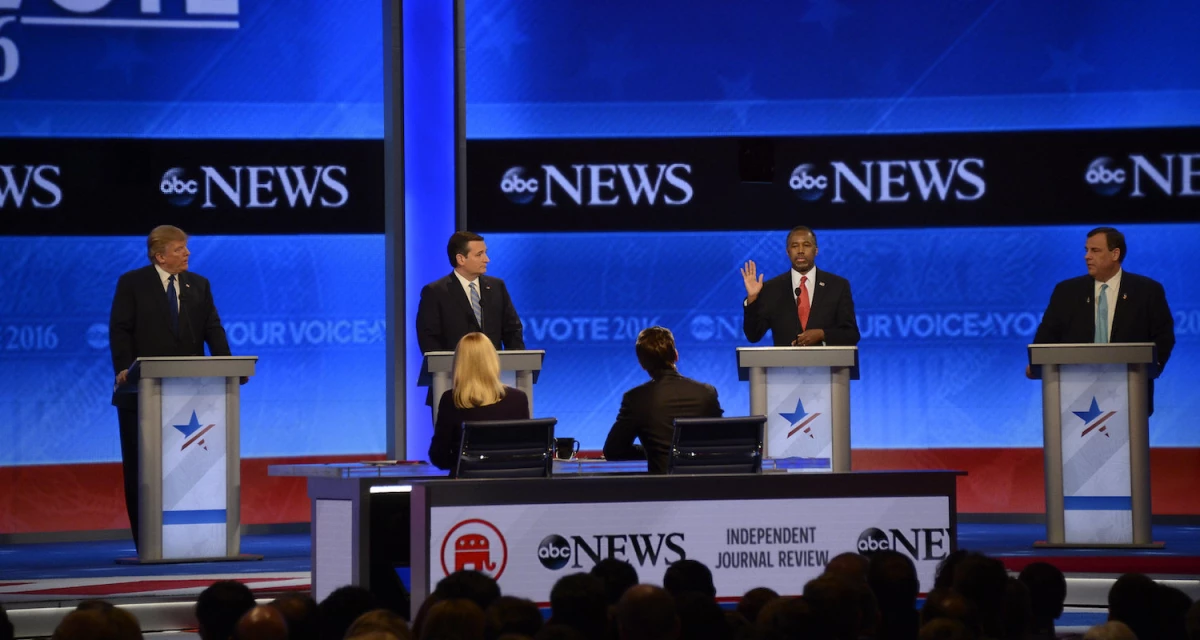The Third Republican Debate: During and After
October 28, 2015 ·
Report
We want to better understand how people of differing ideological backgrounds, specifically Republicans and Democrats, respond within and to political discussions.

Credit: Walt Disney Television